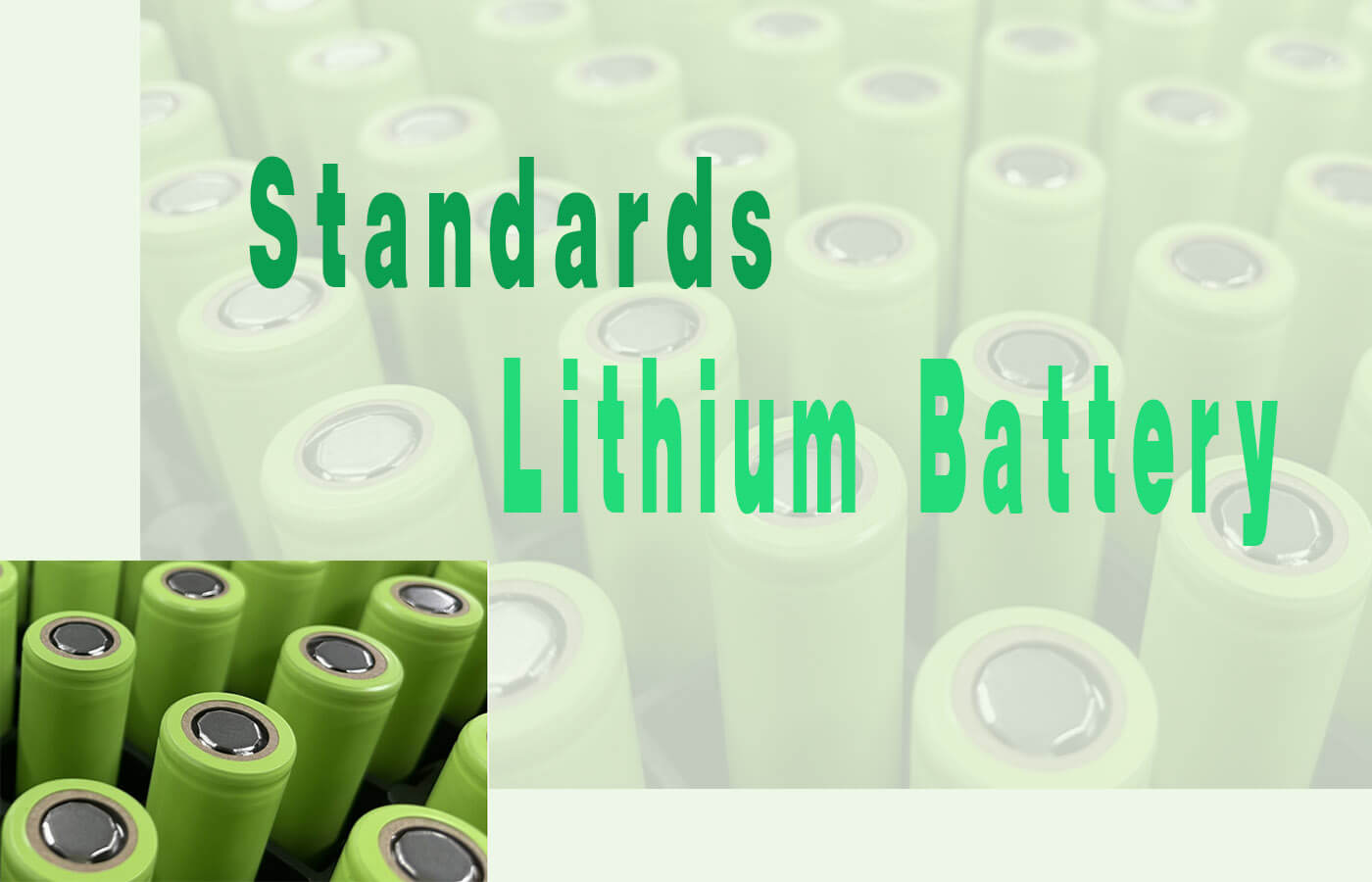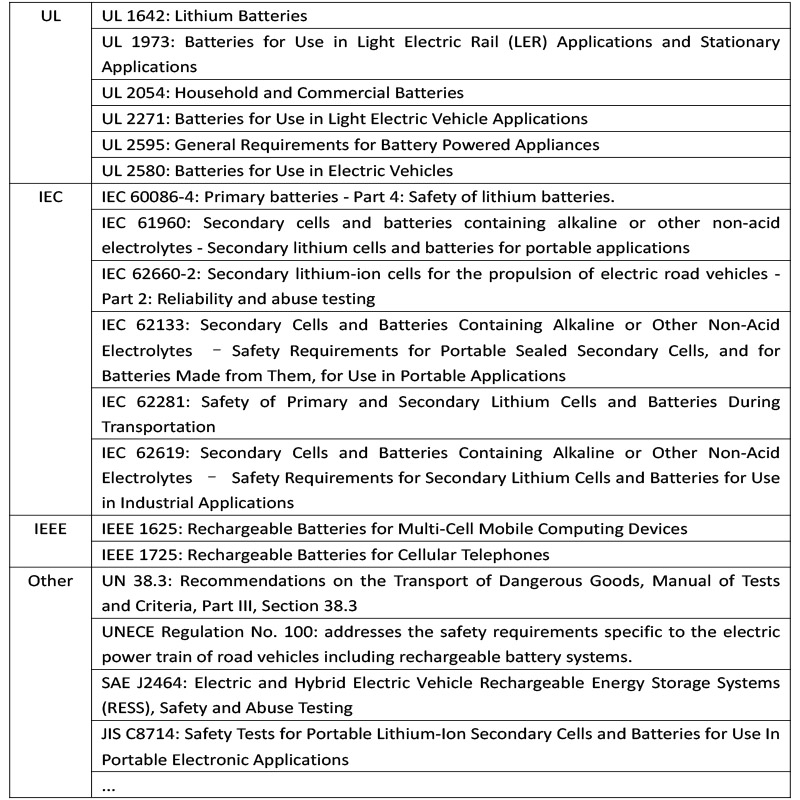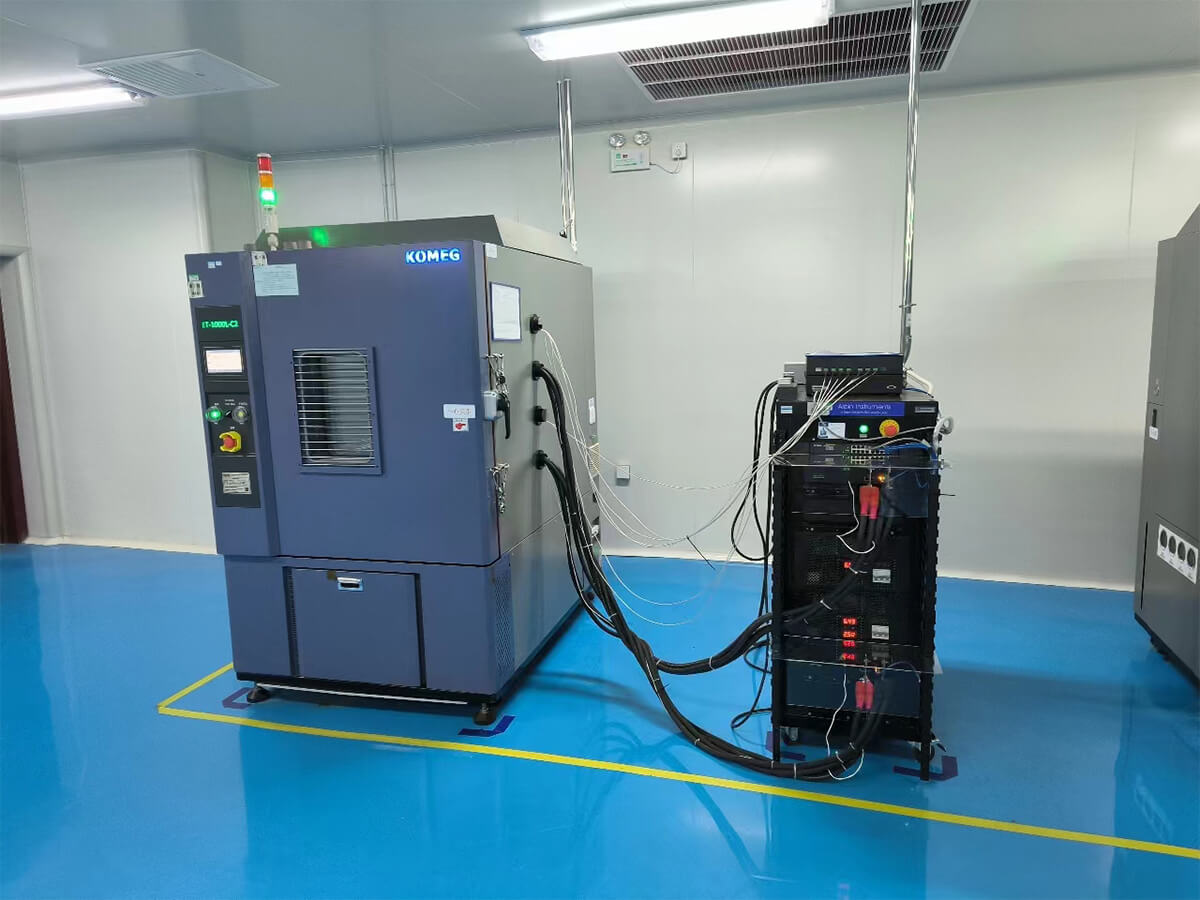Lithium batteries, as a hot topic in recent years, frequently appear in the news. The increase in the application of lithium batteries is promoting the development of lithium battery technology and also driving the rise in demand for lithium battery testing. However, lithium battery testing has standard requirements. This article will introduce common lithium battery standards to help you understand lithium battery safety testing.
About Lithium Battery
Lithium batteries use lithium metal or lithium alloy as positive/negative electrode materials. Lithium batteries can be divided into lithium metal batteries and lithium-ion batteries. Usually, when someone mentions lithium batteries, they usually refer to lithium-ion batteries (Note: the lithium battery mentioned below also mainly refer to lithium-ion battery). Lithium-ion battery is a type of rechargeable battery used in various industries, such as:
● Transportation: electric cars, electric motorcycles, electric bicycles, electric tricycles, electric buses, etc.
● Electronic products: cameras, mobile phones, notebooks, power banks, smart watches, tws earbuds, smart bracelets, tablets, etc.
● Energy storage: power generation energy storage, household energy storage, communication energy storage, etc.
● Others: military, aerospace, portable medical equipment, etc.
Lithium batteries are widely used and have penetrated into every aspect of our lives. In order to ensure the safety of using lithium batteries, various countries have strict standards for lithium batteries. When used in different countries, different industries and different products, the standards for lithium batteries testing will be different. Next, let’s learn some standards about lithium batteries.
Common Lithium Battery Testing Standards
Lithium Battery Safety Test Methods
Here, we mainly introduce the environmental tests, which uses the environmental chambers for battery safety testing. When selecting a battery test chamber, we need to choose according to the test requirements of the corresponding standards. The following are some testing requirements for common lithium battery testing standards:
UL 1642
● Heating test:
Raise the temperature to 150±2°C (302±3.6°F) at 5±2°C (9±3.6°F) per minute and test for 10 minutes.
● Thermal cycling test:
Step 1: Raise the temperature to 70±3°C (158±5°F) within 30 minutes and test for 4 hours.
Step 2: Reduce the temperature to 20±3°C (68±5°F) within 30 minutes and test for 2 hours
Step 3: Reduce the temperature to -40±3°C (-40±5°F) within 30 minutes and test for 4 hours
Step 4: Raise the temperature to 20±3°C (68±5°F) within 30 minutes
Number of cycles: 10
● Low pressure test (Altitude test):
Store for 6 hours at 20±3°C (68±5°F) and 11.6 kPa (1.68 psi)
UL 2054
● Heating test:
Raise the temperature to 150 ±2°C (302 ±3.6°F) at 5 ±2°C (9 ±3.6°F) per minute and test for 10 minutes.
● Thermal cycling test:
Step 1: Raise the temperature to 70±3°C (158±5°F) within 30 minutes and test for 4 hours.
Step 2: Reduce the temperature to 20±3°C (68±5°F) within 30 minutes and test for 2 hours
Step 3: Reduce the temperature to -40±3°C (-40±5°F) within 30 minutes and test for 4 hours
Step 4: Raise the temperature to 20±3°C (68±5°F) within 30 minutes
Number of cycles: 10
UN 38.3
● Thermal test:
Store at 75±2℃ for 6 hours, then store at -40±2℃ for 6 hours, temperature conversion time ≤30 minutes
Number of cycles: 10
UN ECE R100
● Thermal shock and cycling test:
Store at 60±2℃ for 6 hours, then store at -40±2℃ for 6 hours, temperature conversion time ≤30 minutes
Number of cycles: 5
IEC 62133
● Heating test:
Raise temperature to 130°C at 5°C per minute and test for 30 minutes
● Low pressure test (Altitude test):
Maintain at a temperature of 20±5°C and a pressure of 11.6Kpa for 6 hours
● Temperature cycling test:
Step 1: Store at 75℃ for 4 hours
Step 2: Reduce the temperature to 20℃ within 30 minutes and test for 2 hours
Step 3: Reduce the temperature to -20℃ within 30 minutes and test for 4 hours
Step 4: Raise the temperature to 20℃ within 30 minutes and test for 2 hours
Number of cycles: 5
IEC 62660-2
● Heating test:
Raise the temperature to 130°C at 5°C per minute and test for 30 minutes
● Temperature cycling test:
Tested for 30 cycles at 85°C to -40°C
Our environmental chambers that can be used for battery safety testing include temperature chambers, thermal shock test chambers, temperature cycling test chambers, altitude test chambers and industrial ovens. If you want to purchase a KOMEG battery test chamber, welcome to contact.




